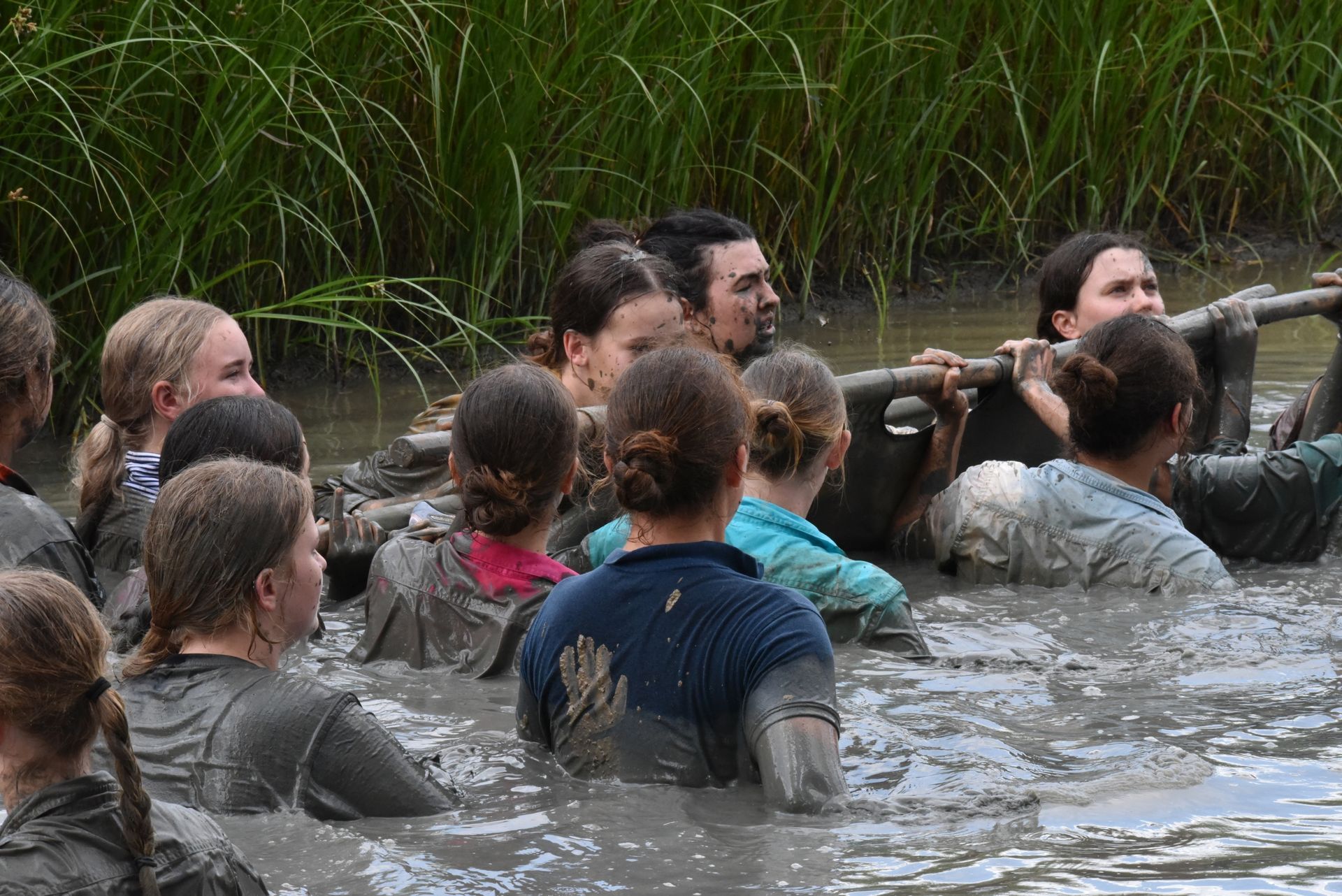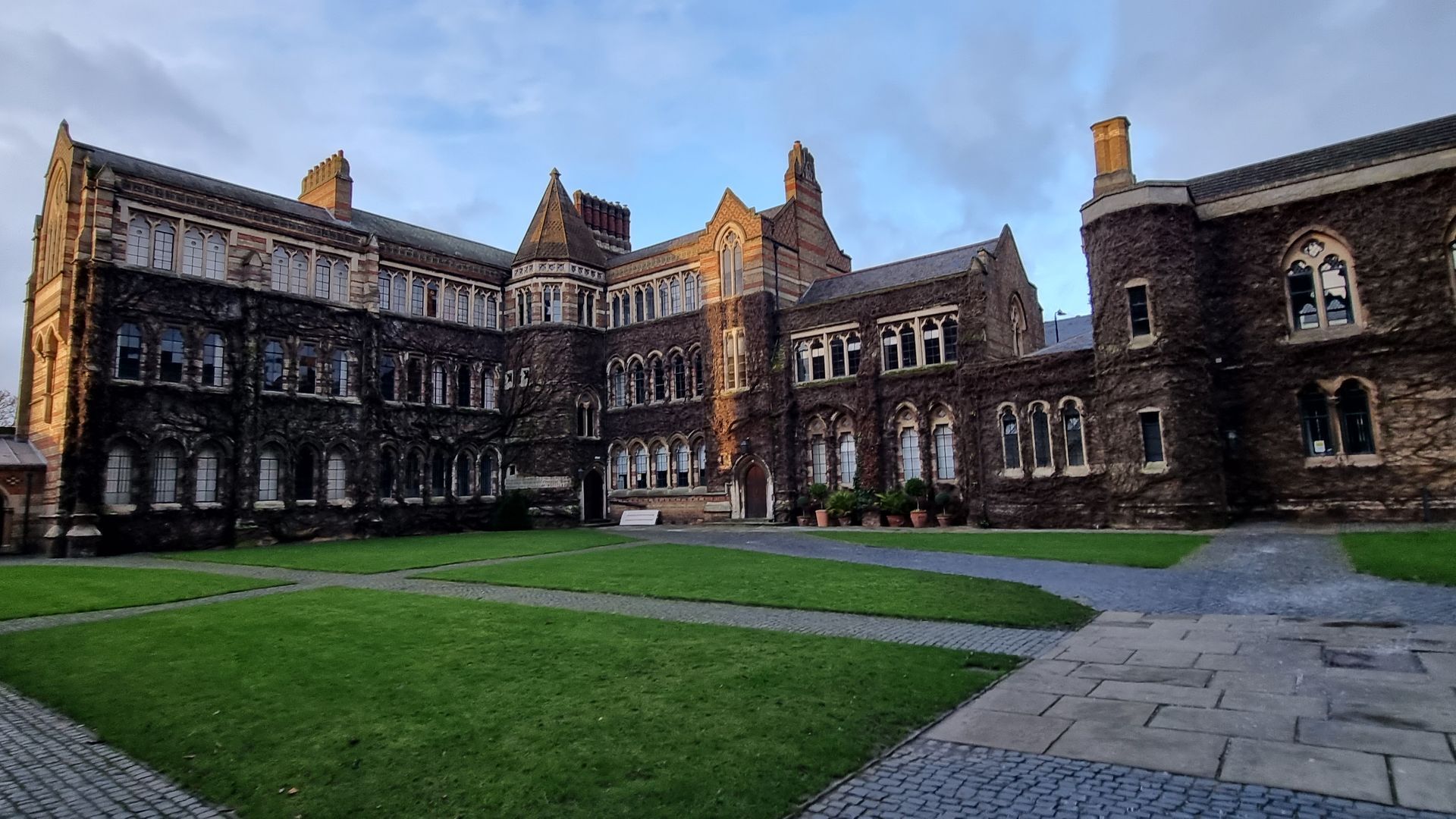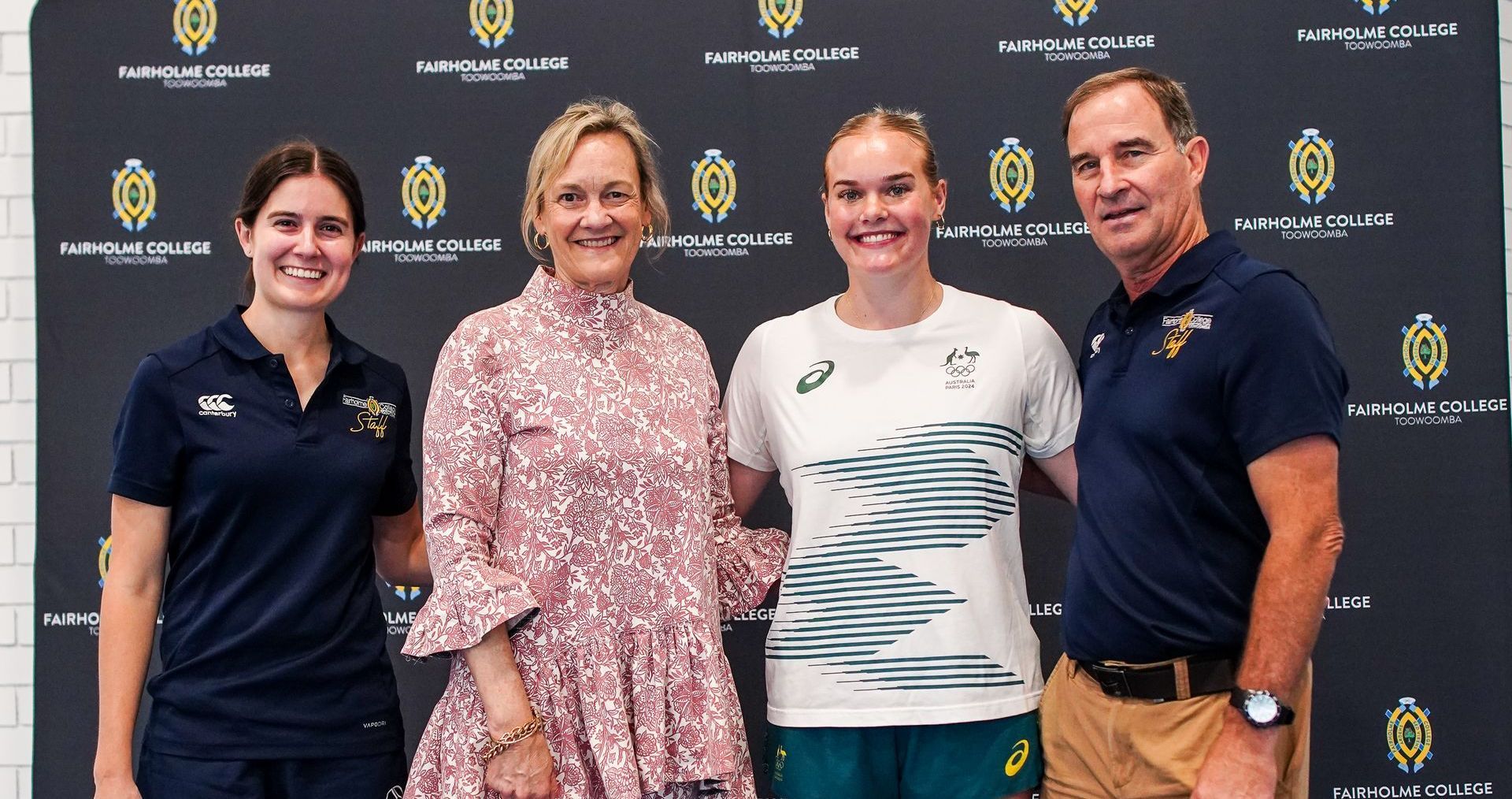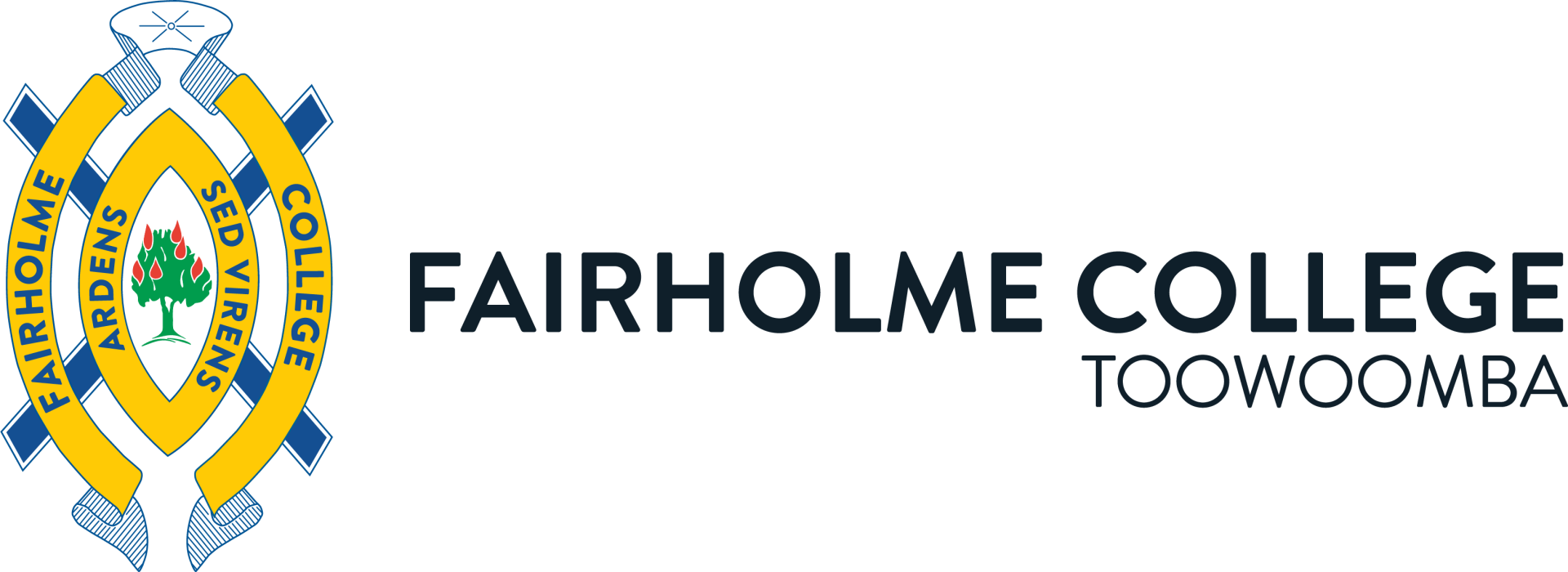The Tik Tok Challenge Belongs To Us All…
I am more than old enough to remember Princess Diana’s death with absolute clarity.
I know that I was sitting in my study, working on an assignment at our home in Buderim, when the now-famous car crash in a Parisian tunnel occurred. The paparazzi chase and their invasion into privacy was legendary. Whichever side of the Royal fence you find yourself perched upon, there is no doubt that the nature of her death and the publicity that surrounded it has had a profound effect upon many, including her younger son, Harry. No doubt. I remember the anger associated with the media who hounded her relentlessly. I also remember an article at that time that proposed to me and all other readers that we, too, were responsible, in some way, for her death. Offended, I read on – the journalist – a name long gone from memory proposed that the millions who bought newspapers, magazines, and other publications about the princess had fuelled the paparazzi fire. They had legitimised the invasion of privacy, they had urged media to transgress previously unexplored boundaries in the quest to tell more, show more, and offer unique insights into a life that was intriguing.
At her funeral, her brother, Charles Spencer, described his sister as the most hunted person of the modern age. Ian Down, managing editor at the photo agency SilverHub, told TIME that ‘Editors couldn’t get enough of her.’ She lived almost exclusively in the public domain, in a love/hate relationship with the media. Twenty-four years on, it is not newspapers or magazines that define notions of privacy but social media. Platforms like Facebook, Instagram, TikTok have redefined what’s share-worthy and what’s not. When illicit and confronting content wends its way into these platforms, we rale against their existence, in the same way we called for paparazzi accountability in Paris, 1997. Yet, as people choose to broadcast their most personal moments without filter, the parameters between what is and what is not acceptable to share, becomes increasingly blurred. When news erupts of another dangerous TikTok challenge we call out for greater control, school action, more sanctions, tighter legislation – all this, as we simultaneously send messages to family and friends via our favourite social media platform.
We know that the content that filters through TikTok and Instagram, as well as via other social media platforms, varies significantly – from that which is innocuous through to that which is deeply dangerous and disturbing. We know that cute images of kittens and puppies are used to lure social media users into watching content we would never permit on our family television screens: don’t we? This is a social media site that last year had more than 500 million active monthly users, 66% of whom were under the age of 30. Roy Morgan data shows more than 1.6 million Australians visit the TikTok website or use its app in an average week, and more than a fifth of those are Generation Alpha, those born between 2010 to now (Squires, 2020). It is reported that TikTok users spend an average of 52 minutes per day on the platform, on the smart phones (aka computers) that we have purchased to keep our children safe, the phones we have bought and continue to pay for, so that they can call us with when they need help, or need to make contact – yes, it’s the same smart phone.
Of course, filtering platforms allow parameters to be put in place (e.g. FamilyZone) for greater safety – you can turn features on and off remotely, you can monitor the sites your daughter accesses, you can filter out spam, offensive comments, specific keywords, and block accounts. But we also know that filters cannot catch everything. Hashtags change frequently, and creative spelling helps in the bypassing of filters. We are talking about controlling adolescent behaviour that is being courted, groomed and sought out by mega technology companies whose first motivation is a profit margin. It’s a powerful juggernaut. So, what do we do? Bury our heads in the hundred other worries that deserve attention. What we do, is to continue to place weighty value of ongoing conversations with our children around safe use of technology. We continue to work hard to ensure that our children know that they can confidently discuss any distressing content with us, because when we do so, then their safety is protected far more than any app or filtering system can provide. We also take up our own responsibility as members of the wider community, and, at any time we see inappropriate or concerning material – then we alert the safety commission via their website: We also work to empower our children to keep their friends safe, those that are perhaps more vulnerable and more easily swayed – we keep in conversation with them. And, be brave – when it’s time, turn their phone off – in person, or remotely. Platforms alone are not dangerous but the way in which they are used, can be.
As the journalist alluded to in 1997 when writing of Princess Diana’s tragic death, it was all too easy to point the finger of blame at the paparazzi or the driver or the media, generally. It was so much harder to look within to our own individual responsibilities. I think social media demands us to do so – to look within, and to exercise agency in supporting our children’s safe practices online. The TikTok challenge is one for us all.
Dr Linda Evans | Principal
References
Roberts, R. (2017). The Washington Post. 27 August 2017.
Rolfe, B. (2020). . Yahoo News. September 8. 2020.
Samuelson, K. (2017). . Time. 27 August 2017.
Sanger, D. and Barnes, J. (2020). The New York Times. 7 August 2020.
Squires, W. (2020). . The Sydney Morning Herald. September 13, 2020.
More News…
